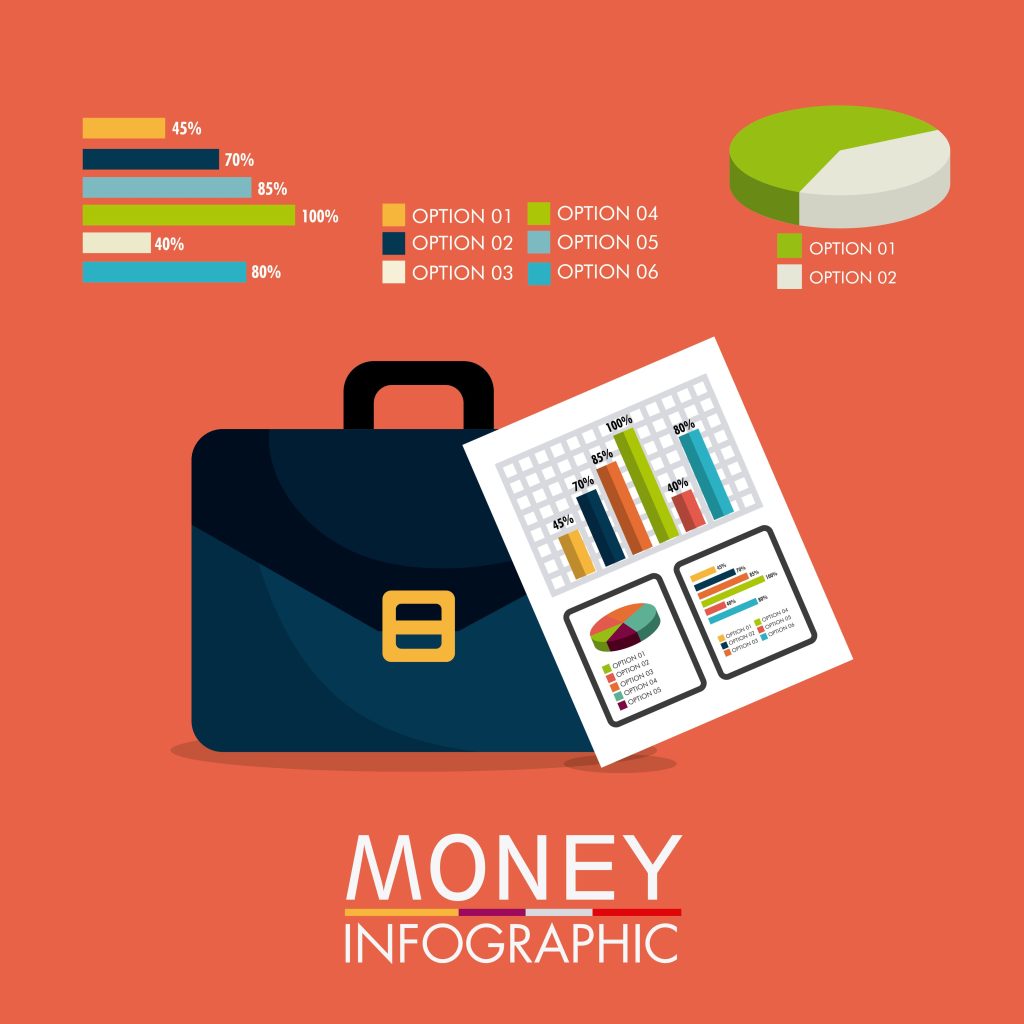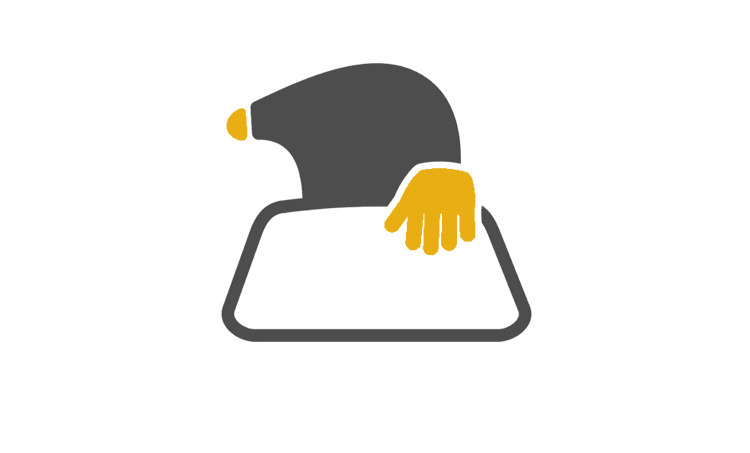Last Updated on: 3rd February 2025, 12:45 pm
An investment portfolio is a working basis for any investor or anyone who wants to invest their funds competently. In this article, we’ll explore the essence of an investment portfolio, its types and the right way to build one.
Investment Portfolio Concept
Broadly speaking, an investment portfolio means the investor’s total assets required to generate profits. However, there’s no talk about a chaotic pack of securities – we’re talking about a sensible, well-structured system with a reasonable risk/profit balance.
The key investment portfolio goals:
- Downside risk mitigation. This is achieved by avoiding unreliable high-risk investments and sensible asset diversification, i.e., by choosing several instruments with the opposite price movement.
- Stable income. Investments are senseless if they are characterized by zero rate of return or result in financial losses. Your investment portfolio must generate regular profits.
Any investment portfolio reflects the task its holder sets and the plan the investor follows to fulfill it. This scheme is clear and will differ from investor to investor.
The key advantages of portfolio investment are a wide range of financial tools, transparent, organized trading platforms, and the opportunity to manage a portfolio on your own and leave the market at any time. Complex aspects include the risk of losing the funds you’ve invested and the need for financial competence and regular market analysis. In this case, the best solution is to open a brokerage account.
Types of Investment Portfolios
Investment portfolios primarily differ in their goals. The investor can aim for a permanent, stable income, a prompt investment return, or portfolio growth (dynamic or gradual). Those who strive to boost their capital choose growth portfolios, and those interested in getting passive income build income portfolios. In the latter case, permanent income (growth accounts, large companies’ shares, and other high-grade assets) and high-risk income (bonds with a yield exceeding the market average by 1.5-2 times) are possible.
The time of financial tool execution is also important. Short-term portfolios are usually built for 1-3 years, medium-term ones are for 3-10 years, and long-term portfolios are intended for over 10 years. The longer the portfolio term, the higher the yield, and many investors prefer to play “long-term” only. Short-term investing provides for faster profits, but it’s characterized by higher volatility.
Investment portfolios are classified by risk level (risk profile):
A conservative (or cautious) approach implies investing in low-risk securities: for example, 75% in federal loan bonds (FLB) and 25% in shares of large high-grade listed companies (“blue chips”). Conservative tools also include deposits in banks with A and better ratings, precious metals and real estate in countries with healthy economies (Western Europe, the USA). The “cautious” portfolio offers an average annual return of 4-12%.
Those who stick to a moderate approach choose shares of smaller companies, mutual funds and index funds or commensurately invest in shares and bonds. The return on this type of portfolio is 12-25% per year.
An aggressive approach targets 75% of start-ups’ and low-rated issuers’ shares, hedge funds, options and IPOs, and only 25% of bonds. In this case, the annual return exceeds 30%, but this tactic is suitable only for experienced investors who enjoy a lot of money and are highly risk-prone.
A balanced investment portfolio is separately distinguished. It combines assets selected according to the three above-described methods (in approximately equal parts).
Portfolios are also divided depending on the income generation method. The investor can increase their capital due to growing security prices, distributed dividends or bond coupon yields. With the combined approach, the investor decides on all three types of assets.
Depending on the degree of investor involvement, a portfolio can be divided into active and passive. In the former case, we’re talking about high-risk positions whose prices are prone to dramatic changes, thus requiring daily monitoring on the investor’s part.
How to Choose an Investment Portfolio?
The key rule is diversification. If you invest in securities, be sure to choose shares of companies from different industries (mining, financial, IT) and in different currencies, as well as diversify your portfolio by country. Thus, you’ll get your insurance against the collapse of any particular industry or market due to economic and political turmoil. At the same time, you should approach diversification in the broadest sense of the word: in addition to securities, you should include real estate, deposits, and defensive assets (for example, gold) in your portfolio. Experts believe that regardless of your strategy and portfolio type, it should contain at least 5 asset types.
The second principle is conservatism. You should prefer low-risk instruments and make them the basis of your investment portfolio. Indeed, such tools offer lower yields, but the potential loss will only account for a small part of your funds.
Finally, it’s important to comply with the sufficient liquidity principle. The most liquid assets are those that you can quickly sell on the market. This kind of position must account for at least 50% of your investment portfolio.
When choosing assets, you should not only assess their risk/yield ratio, but also to analyze the cumulative impact of each position on the entire portfolio. For example, the reduction of your capital when you lose a particular position.
Investment Strategies
There are time-proven formulas for building an investment portfolio. Well-known American financier Ray Dalio (the founder of the largest investment fund, Bridgewater Associates) has developed an “all-weather portfolio” that secures a stable income under almost any market conditions. He believes that 40% of funds should be invested in long-term bonds, 30% in shares, 15% in medium-term bonds, and 7.5% in gold and commodities each.
The “eternal portfolio” strategy implies that the funds should be allocated between four groups of tools: shares, bonds, currency, and gold. Within an “advanced portfolio,” part of the assets should be allocated for investing in real estate and alternative tools (art objects, vintage vehicles).
Important: Even after you’ve built your investment portfolio, you should always stay up to date with not only your profit dynamics but also legislation amendments. You should carry out this kind of analysis every 2-3 months to rebuild your portfolio should the need arise.









